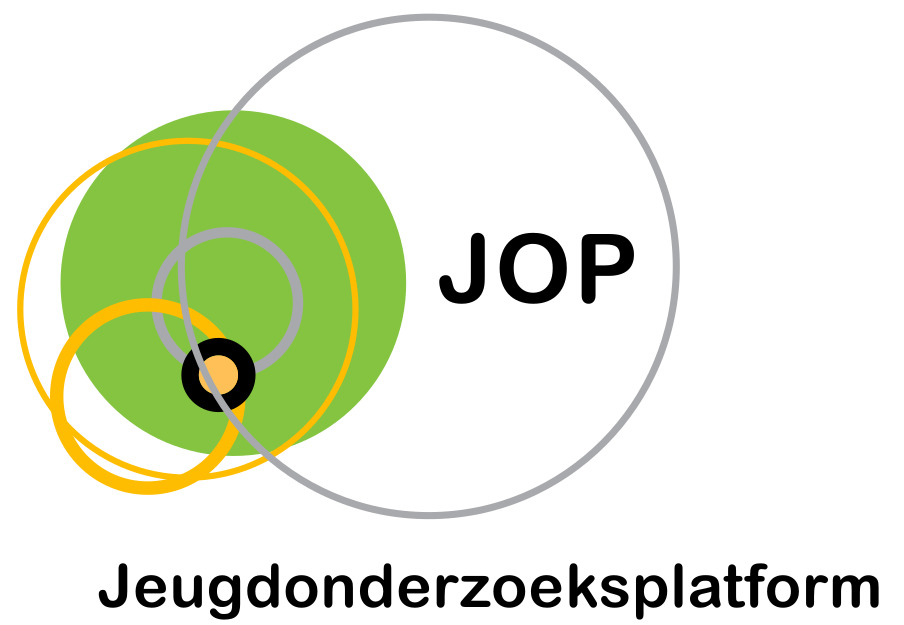Structural assimilation in young first-, second- and third-generation migrants in Flanders.
Auteurs
Verhaeghe, Floor, Bradt, L., Van Houtte, M., & Derluyn, I. (2017).

Abstract
Assimilatietheorie gaat er vanuit dat de verschillen tussen migranten en niet-migranten langzaam verdwijnt overheen de generaties. Deze studie (n=1587 jongeren in Vlaanderen) laat zien dat jongeren met een migratieachtergrond vaak in de lager gewaardeerde onderwijsrichtingen zitten. De onderzoekers maken onderscheid tussen eerste (G1), tweede (G2) en derde (G3) generatie migranten. G1 en G2 hebben minder kans om in het aso terecht te komen dan niet-migranten. G1 en G3 migranten met een achtergrond in de EU15-landen en G1 en G2 migranten van buiten de EU15 hebben een hogere kans op schoolse achterstand. Alle drie de generaties met een migratieachtergrond buiten de EU15 rapporteerden een lagere toekomstverwachtingen aangaande werk.
Assimilation theory assumes that differences between migrants and non-migrants disappear over generations. We report on a Flemish survey study conducted with young first- (G1), second- (G2) and third- (G3) generation migrants (n = 1,587). The results showed that G1 and G2 had lower chances of being in educational tracks preparing for higher education than non-migrants. Further, G1 and G3 migrants with a background in the oldest fifteen members of the European Union (EU15) and G1 and G2 adolescents of nonEU15 migrants ran a higher risk of being delayed in their educational trajectories. All three generations of non-EU15 migrants had lower expectations of finding a job than non-migrants. Whereas socio-economic status could explain almost all of the differences for EU15 migrants, it could not for non-EU15 migrants. This leads to the hypothesis that visible differences and distinctive names lead to assumptions about ethnic, cultural and religious affiliations that are associated with discrimination.
Referentie
Verhaeghe, Floor, Bradt, L., Van Houtte, M., & Derluyn, I. (2017). Structural assimilation in young first-, second- and third-generation migrants in Flanders. Ethnic and Racial Studies, 1-21.
Taal
Engels
Publicatievorm
Tijdschriftartikel
ISBN – DOI
10.1080/01419870.2016.1260750
Trefwoord(en)
Arbeidsmarkt; discriminatie
